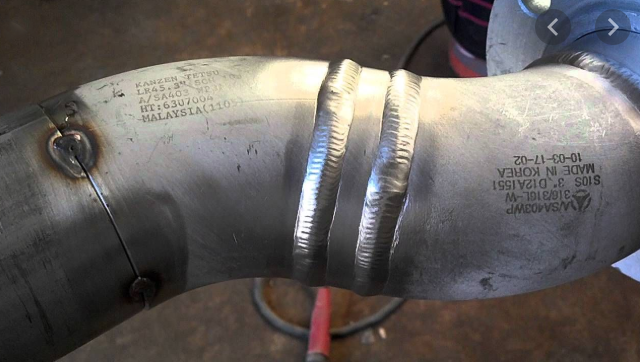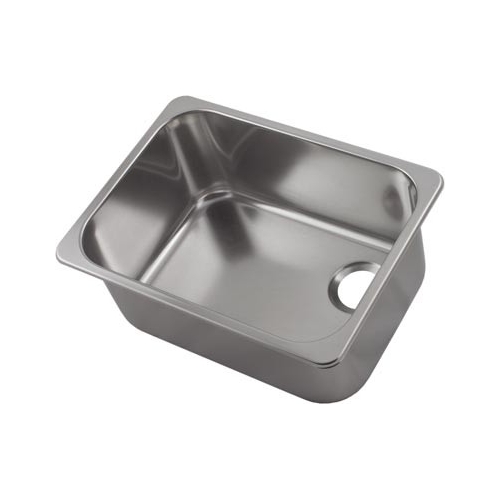Is Stainless Steel Magnetic?
One question we are sometimes asked at Boat Fittings is “Is stainless steel magnetic?” More particularly we are asked the question “Is 316 stainless steel magnetic?”
Sometimes we find that people are asking this question as a kind of proof or test of “Is what I bought really 316 stainless as stated?”, probably having heard somewhere that marine-grade stainless is non-magnetic. There are other reasons as well for looking into the magnetism of stainless steel, especially in the field of laboratory equipment or medical equipment design where magnetism (or lack of it) can be crucial to the correct function of the equipment.
If you are short of time, the quick answer to “Is stainless steel magnetic?” can be found by clicking on this LINK.
A mine of information can be found on stainless steel at the British Stainless Steel Association, and some of the information in this article has been distilled from their website.
It is often said the “stainless steel is non-magnetic” but actually this is not quite true, and the real situation is more complicated. Steels in general and stainless steels are characterised by whether their internal structures are austenitic or martensitic. Steels which are strongly austenitic are relatively non-magnetic whereas steels which are martensitic are strongly magnetic. Stainless steels, and more particularly 304 and 316 types of stainless steel are mostly austenitic, when means that their levels of magnetism are low. A material which is completely non-magnetic is said to have a magnetic permeability of 1. Materials which are magnetic have permeabilities of greater than 1.
Composition effects on magnetism of 316 stainless
Grades 304 and 316 have 'balanced' compositions to enable them to be readily weldable. This is achieved by ensuring that in their normal annealed (softened) condition, they contain a few percent of delta ferrite. This results in small levels of magnetism.

During the welding of these steels, structural changes occur. Some of the austenite in the parent material can transform to ferrite at high temperatures and this partially remains after cooling. Also welding filler rods and wires usually have deliberately high ferrite levels of 5% or sometimes 10%, to minimise the risk of hot cracking during welding, therefore increasing levels of magnetism. Consequently the permeability of the metal in the weld and the surrounding heat affected zone can be significantly higher than in the original parent material.
In general, castings have compositions with a bias towards ferrite compared to wrought grades and consequently will be more magnetic.
Effect of Cold Work and Temperature on Martensite Formation
Mechanical forming processes (cold-working) are also known to affect the micro-strucutre of stainless steels, and therefore cause an increase in the levels of magnetism. For example steel pressings, like the process used to form a flat sheet of stainless steel into a kitchen sink, cause mechanical straining of the steel and re-structuring from the original austenitic state, with a partial transformation to martensite, leading to increased levels of magnetism.

Stainless Steel And Magnetism In Practical Terms
In practical terms the answer to the question “Is stainless steel magnetic?” is yes it it slightly, but much less than carbon steels. This means that if you take a magnet to a stainless steel component (whether it be A2 or A4, ie 304 or 316) you may expect to detect some magnetic pull. This means that the ‘magnet test’ cannot be relied on to distinguish the grade of stainless that the item is made of.
QUESTION: Is 316 stainless steel magnetic?
ANSWER: A little bit.
If you found this guide useful or interesting you might like to sign up to our newsletter, so that we can let you know when our next guide has been published.


